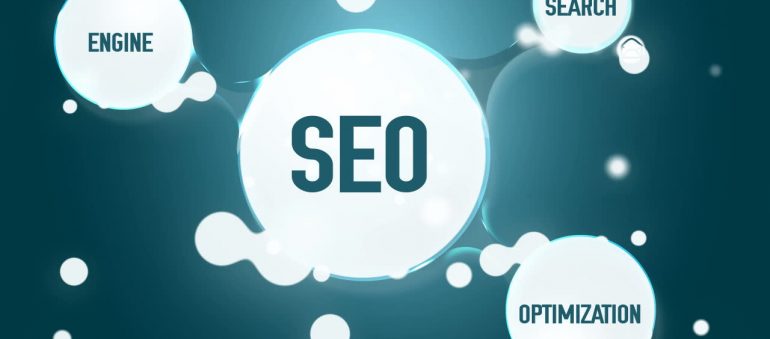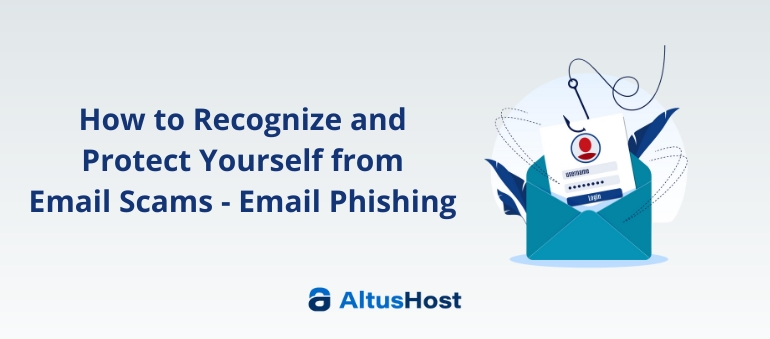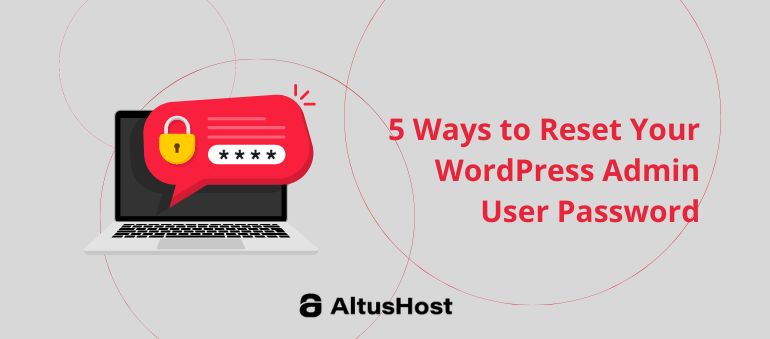Anyone who is in charge of an e-commerce site, and wants his or her online store to flourish, needs to have a quality SEO campaign. An SEO campaign needs to cover many fronts, and among them is, of course, SEO for specific pages, or the so-called “on-page SEO”. The article will focus specifically on this topic; how to achieve quality on-page SEO and which trends and techniques are viable in 2016. You’ll know how to organize your content, which other aspects of the page are important for ranking and how they affect it, and also, what you should do to increase the ranking of a particular page outside of your website.
Meeting Searcher’s Goals and Intents
The most important thing you need to do is to ascertain the purpose for your page, or to be specific, which searcher’s intent you plan to satisfy with that particular page. Is your page going to provide information or an answer to a particular question? Is it going to be a tutorial on how to accomplish something, or perhaps a simple review that helps potential buyers decide which product they should choose? For example, if a particular search query is “wedding formalwear”, it can mean two things:
-What you should wear as a wedding guest
-What you should wear as a groom or bride
However, let’s say that the purpose of your post is to convince people to buy the tuxedos you are selling, which can be tough if you want to offer it as a response to this particular query. First of all, you don’t know whether it is a male or a female who is searching; you also don’t know whether the wedding is in the United States, etc.
So, your tuxedo suggestion might seem too forced if your whole article revolves around it. It’s far better to go with a title like “Elegant Suits and Tuxedos That Will Make You Look Stunning at Weddings”. With this type of content, you can meet the searchers’ intent and promote your tuxedos at the same time, so it’s a win-win.
Speed
A good loading speed is always useful, i.e. positively correlated with ranking. Pages that load quickly are more likely to result in better user experience and engagement. Google considers user satisfaction a valuable ranking signal, and if your page is responsive, if it has many links, if it has a video and if it can provide an interesting experience to the users, then Google will rank it higher. Speed is affected by the code and by your hosting provider, so make sure that both of these elements are in check, if you intend on creating a responsive page that users will love.
Trust and Engagement
Speed is important for the user experience, but along with it, your page needs to be mobile-friendly, or better yet, multi-device-friendly, in order to attain increased engagement. In addition to speed, your UI, UX, as well as branding can affect the user experience on your page and website in general. In other words, you have the ability to influence other aspects that can positively correlate with trust.
For example, do you have UI along with other visual elements that allow you to be perceived as trustworthy? These elements are pictures, videos, navigation mechanics, colors that you use for the layout, etc. Basically, you need to look professional, friendly and helpful; you also need to have a natural call to action that is not pushy in any way. Furthermore, you should have reviews on your page, since they can serve as validation signals and essentially send a message to users that you are indeed a trustworthy provider.
Steer Clear from Elements that Do More Harm than Good
When you are working on your pagerank, you should avoid elements that hinder content consumption. These are usually popups and there’s no user alive who finds them interesting. So, if you only managed to get a couple of emails from your pop up and the number of people who left because of it is really high, then don’t make that sacrifice.
This is called pogo sticking; whenever someone visits your page and immediately leaves and chooses a different page, Google and Bing interpret this as a negative ranking signal, favoring websites with high lead engagement.
Keyword and Related Topic Targeting
This doesn’t mean that you should use your keywords in every sentence; you just need to mention it a few times in your content, in the title, URL, in the image name, and you should have some internal and external anchors that lead to that page. Additionally, it’s would be wise to use topic-related keywords, since Google also compares your content to other quality content online. So, on the topic of weddings, the words that are commonly seen on other sites are Tuxedo, Wedding Dress, Bowtie, Vest, Tux, Wedding Suit, etc. Your posts should also use all of those words in order to be perceived as rank worthy.
Unique Value
Basically, when you create content for a page, you need to ask yourself: “What does your content provide that other content online doesn’t”. If it’s only the same, with a bit of personal perspectives and thoughts on the whole matter, you can’t expect wonders in terms of rankings. It has to be way better, it should provide more detailed explanations, offer additional information, and this is what increases your chances of ranking high.
It has to be uniquely valuable, which means that it’s completely yours; there is nothing similar online and, at the same time, it has value either as informative or entertaining content. The last stage is 10X content, where you create something that is 10 times better than what can be currently found. It usually means you’ll have to perform a study on your own and bring something groundbreaking to the table.
So, this roughly sums up what you can do to create a page that ranks well and drives a solid degree of user engagement. Basically, be unique, bring something new and valuable to the table, use the right keywords in a non-spammy fashion, and don’t introduce page elements that are annoying. Make sure you have an aesthetically satisfying layout, good loading speeds, and a multi-device friendly website. When all of these elements are in check, you are good to go.
The author is highly qualified and writes blog posts weekly.






